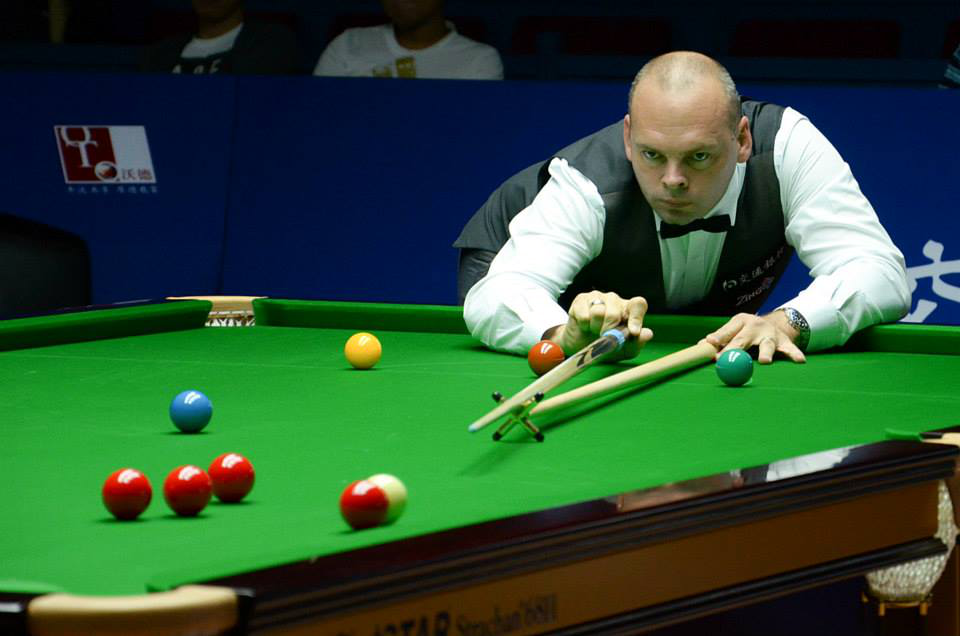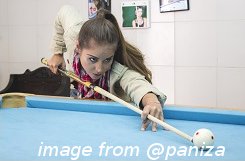Corner Pockets (and how to play them)
As well all know with standard pool and snooker tables there are 6 pockets available to use for potting the balls. These comprise of four corner pockets and two side pockets. Over time you may find that shots play differently when aiming at a side pocket than when playing a corner pocket. To the eye the corner pockets may look tighter for potting but this is not true, initially your mind will just give you this impression.

Image from Tai Chengzhe
Corner pockets also have the bonus of a friend on the table, namely the side rails. The rails can be used in some cases to guide the object ball into the pocket whereas with the side pockets the rails can only be used to double back or even treble the ball to pot into the centre.
If you have been practising your aiming skill you should be confident in your shot playing of making a clean pot but as is always the case with real life this does not always happen but again keep practising.
Rail shots can take some players a while to master but soon they can become an ally in your game and increase your range of shots while in play. Straight potting in the corner pockets means you are focused on the object ball as you prepare for your shot with the aim to get the object ball into the pocket. When playing a rail shot the angle of your shot is determined by where you need to strike the rail dependant on how far the object ball is from the rail. You are focused on striking the object ball on one edge to cut the ball into the pocket but your focus is on the rail.
The only time that this will change is if the cue ball is nearer than the rail and the object ball needs to be cut back into the corner pocket. If the object ball is resting on the rail it is surprisingly easy to roll the object ball down the cush of the rail into the pocket with practice as long as you have selected the correct angle with your shot and practice makes perfect.
There are several practice shots you can perform for this area of play and spending time on each shot will vary your practice sessions and make them more interesting. At this stage, we are assuming you are happy with potting the object ball with direct shots but not so happy with your rail shots.
When starting your practice, session place the object ball a few feet from the corner pocket and place the cue ball a couple of feet away from this at a slight angle. Warm up by potting the object ball a few times and then gradually increase the distance from the pocket as you go.
When you are happy with your stroke and potting gradually increase the angle that the cue ball is placed at so that you need to cut the object ball for potting. Repeat this several times until you finish up having a go at acute cuts. While you are doing this you can also practice at applying spin on the cue ball to see its final position on the table and memorise this for future positional shot planning during your games.
During this practice session start to practice playing rail shots. Place the object ball on the rail a couple of feet away from the corner pocket. You need to practice the ability to aim at the rail so that the cue ball clips the side of the object ball and rolls it towards the pocket along the rail. You will soon discover that the speed of the stroke plays a major role in these shots. Playing the shot too soft will mean that the object ball will roll along the rail but not reach the pocket, playing the shot too hard will mean that you run the risk of the object ball bouncing off the rail or rattling in the pocket and bouncing out.
During the session increase the distance between the balls to increase the difficulty of the shot and improve your skills.
Towards the end of the practice session you can even make the shots more difficult by placing a second object ball on the table close to the cue ball. This will allow you to practice your bridging over balls which must be a benefit in future games where bridging can play an important role in successful potting.

